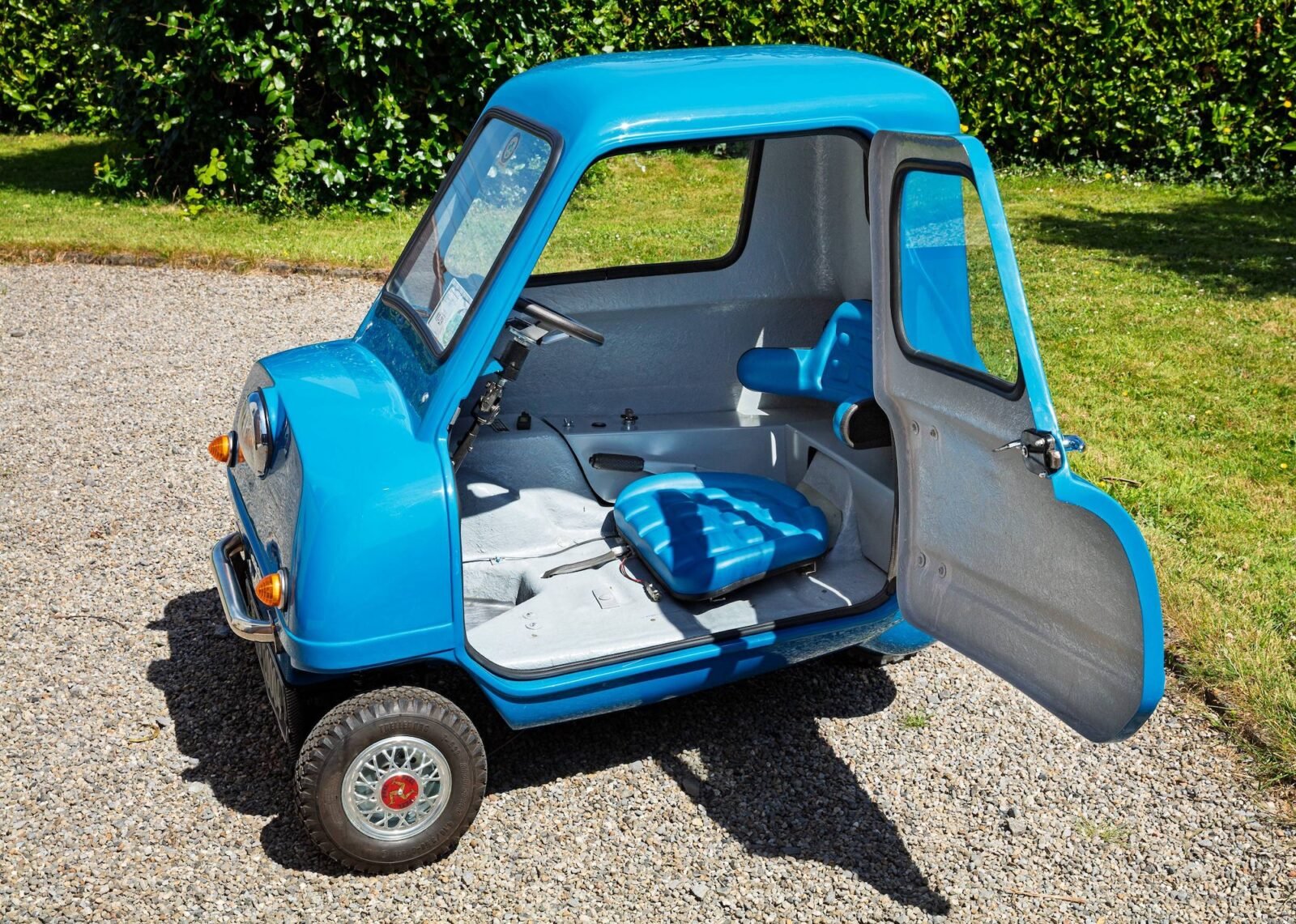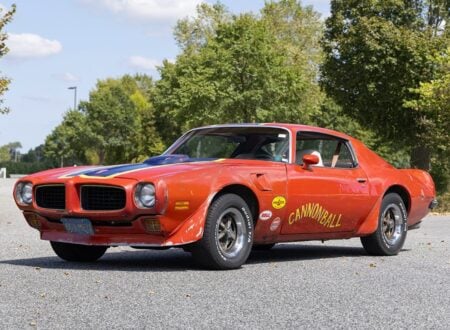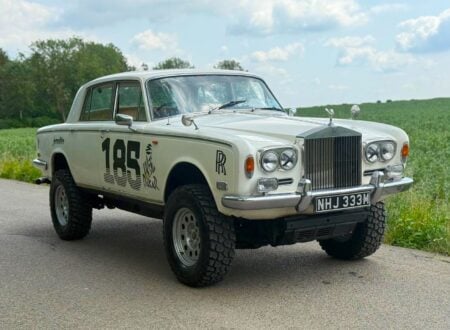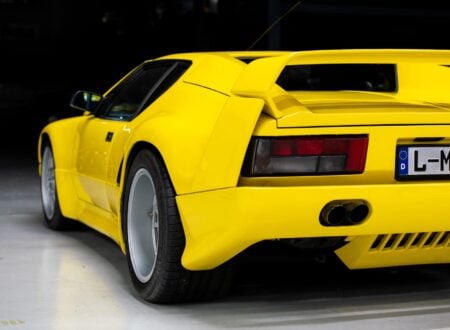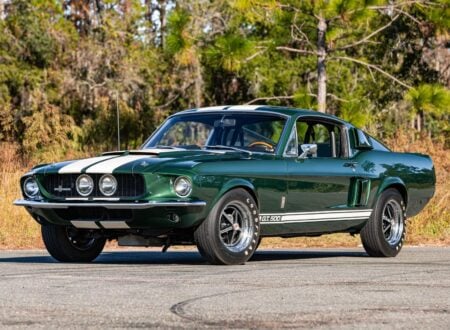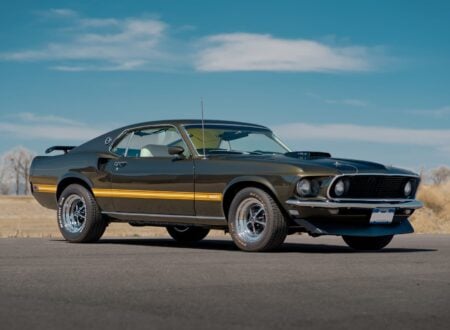This is a Peel P50, with what is said to be an original 1962 Peel Company bodyshell, this has been combined with a new chassis and electric drivetrain. It’s currently road-registered in Europe, and it’s looking for a new owner.
The Peel P50 is famous for two things – being the smallest production car in history, and for its memorable appearance on the Top Gear TV series, being driven by Jeremy Clarkson around London and into the BBC offices.
Fast Facts: The Peel P50
- The Peel P50 was originally produced from 1962 to 1965 by the Peel Engineering Company on the Isle of Man. Designed as a one-person commuter car, it measured just 54 inches long and 39 inches wide, making it the smallest production car ever built. Fewer than 30 original examples are believed to survive today.
- The original P50 was powered by a 49cc DKW two-stroke engine producing 4.2 bhp, paired with a 3-speed manual transmission driving the single rear wheel. It lacked a reverse gear but could be pulled backward manually. Fuel economy was rated at 100 mpg, and top speed was approximately 38 mph.
- Peel Engineering, best known early on for its fiberglass motorcycle fairings and boats, ceased car production in 1965. The P50’s modern resurgence began in 2010 when entrepreneurs revived the brand, creating replicas with electric or small petrol engines to comply with modern regulations.
- The example shown here combines an original 1962 Peel bodyshell with a new electric drivetrain and chassis. Registered for road use in Europe, it is significantly quieter and cleaner than the original and is expected to sell for between €12,000 and €17,000 ($13,922 – $19,723 USD) through Bonhams.
History Speedrun: The Peel P50
The Peel P50 was developed in the early 1960s by the Peel Engineering Company, based on the Isle of Man, wedged between England and Ireland. Originally intended as a compact city car for a single adult, the P50 now holds the record as smallest production automobile ever built.
Above Video: This is the clip from that famous Top Gear episode, starring Jeremy Clarkson. This launched the P50 to renewed global stardom, and helped it become recognizable to a whole new generation of motoring enthusiasts.
The P50 was introduced in 1962 and produced until 1965, with only about 50 original examples made – of those, fewer than 30 are known to survive today, making the originals rare and highly collectible to those in the tight-knit microcar community.
The Peel Engineering Company
The Peel Engineering Company was best known in its early years for manufacturing fiberglass motorcycle fairings and small fiberglass boats. This link to the motorcycle and marine industries made a lot of sense, as the Isle of Man is world famous for the annual Isle of Man TT motorcycle races, and due to the fact that it’s an island, the marine industry is all-important.
Company founder Cyril Cannell, along with engineers Henry Kissack and Faulkner Day, led the effort to develop a microcar that could serve the growing urban commuter market.
The P50 was aimed at British consumers navigating increasingly crowded postwar city streets, especially in London. It was designed to be affordable, maneuverable, and extremely compact – small enough to be taken inside an office or up in an elevator, as Peel’s promotional material famously claimed.
Peel P50 Specifications
The P50 measures just 54 inches long, 39 inches wide, and weighs approximately 130 lbs (59 kgs). It has one door, located on the left side, and a single seat for the driver. The interior is extremely basic, with no reverse gear, although the car can be manually pulled backward using a handle at the rear. It rides on three small wheels and has a tubular steel chassis clothed in an unusual-looking, and very upright, fiberglass body.
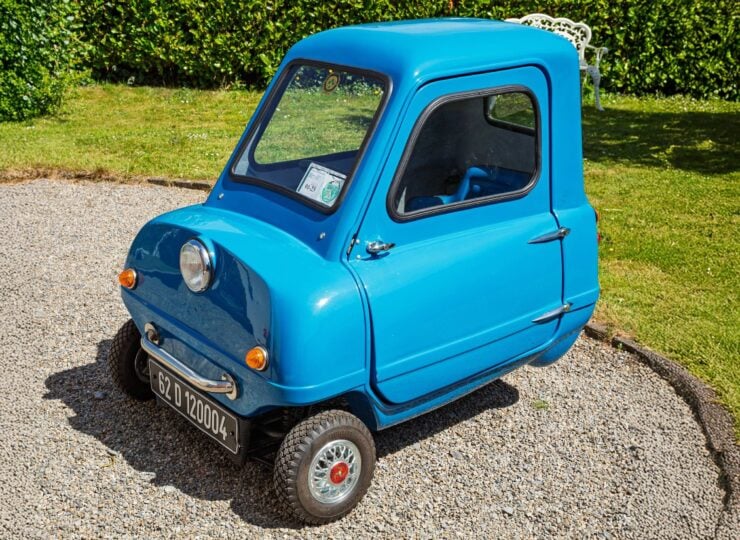

Power originally came from a 49cc DKW single-cylinder, two-stroke engine producing 4.2 bhp, this was mounted on the right-hand side of the rear axle. This engine drove the single rear wheel through a three-speed manual gearbox, giving the car a top speed of roughly 38 mph (61 km/h). Fuel economy was remarkable, rated at up to 100 miles per gallon.
Production of the P50 was extremely limited and almost entirely hand-built. They were sold primarily through direct order, with some reportedly reaching customers in mainland Europe.
Each vehicle was built to meet a specific order and often varied slightly in finish or fittings. The low production volume and narrow market appeal contributed to its short production lifespan – Peel ceased production of the P50 in 1965 after just four years – and shifted its focus away from automobiles.
A New Beginning
In 2010, Peel Engineering was revived in the UK by entrepreneurs Gary Hillman and Faizal Khan, who reintroduced the P50 in a modernized form. These new versions use either an electric drivetrain or a small four-stroke gasoline engine and are built to resemble the originals as closely as possible while meeting contemporary safety and emissions standards – no mean feat.
The Peel P50 holds a Guinness World Record as the smallest production car ever made. The model gained major global attention in the modern era when one was featured on an episode of Top Gear, driven by Jeremy Clarkson inside the BBC offices. That segment reignited public interest and helped establish the P50 as a cult icon among the motoring public.
The Peel P50 Shown Here
The microcar you see here is a Peel P50 with a reportedly original 1962 body that was sourced from the Peel Engineering Company in 2019. It was then fitted to a new chassis with an all-electric drivetrain, and it’s now road registered in Europe.
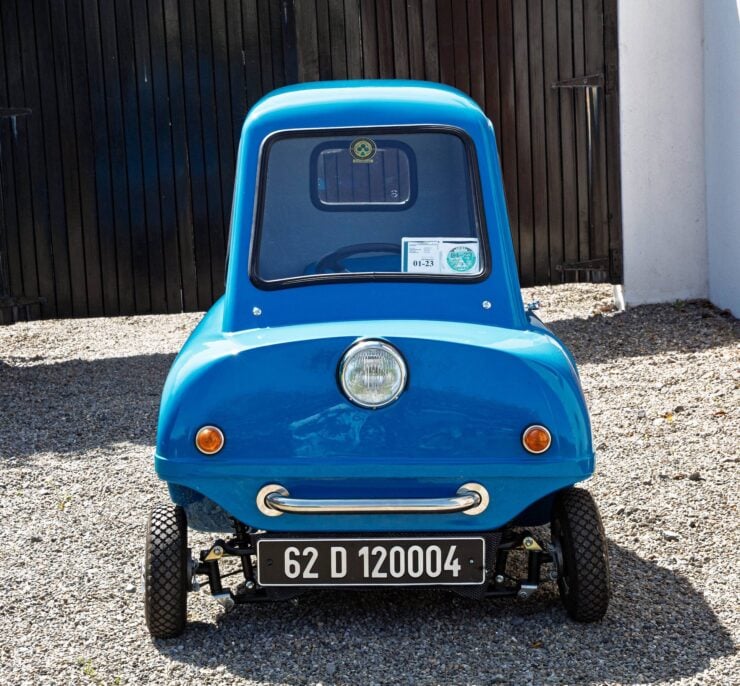

The original P50 was powered by an air-cooled two-stroke motor of course, so this one will be a whole lot quieter, less smoky, and probably a lot easier to live with.
It’s now being offered for sale by Bonhams with a value estimate of €12,000 – €17,000 or roughly $13,922 - $19,723 USD. If you’d like to read more about it or register to bid you can visit the listing here.
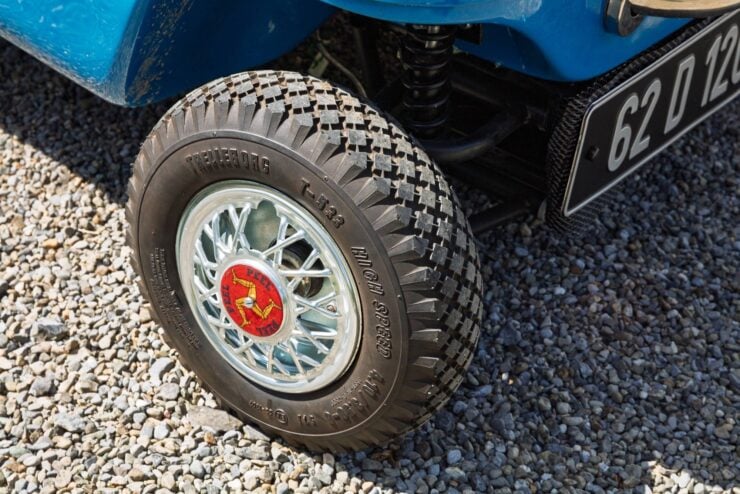
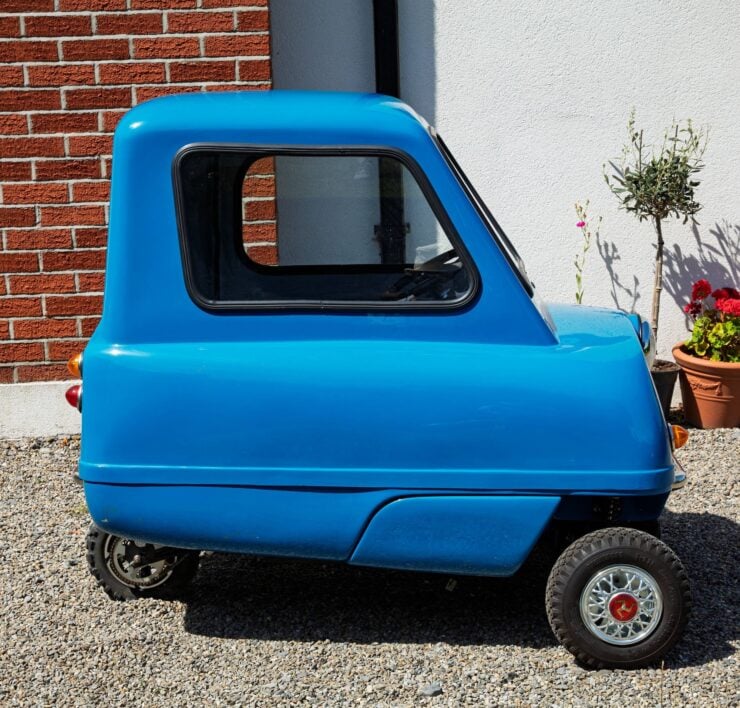
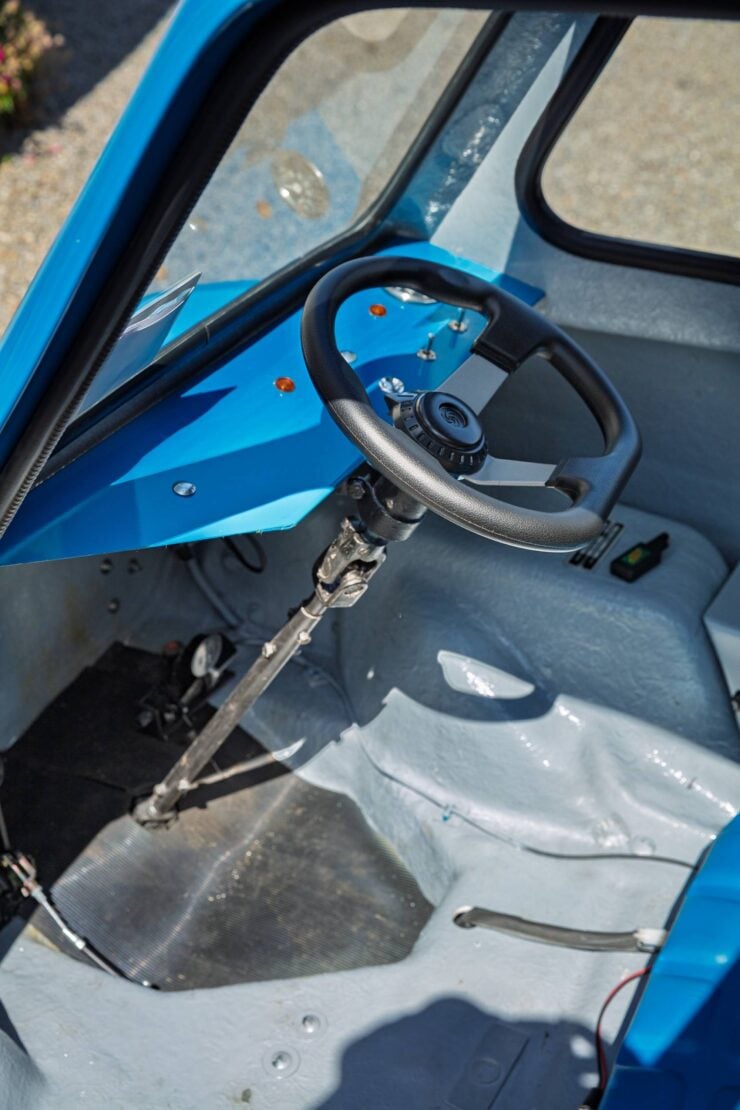
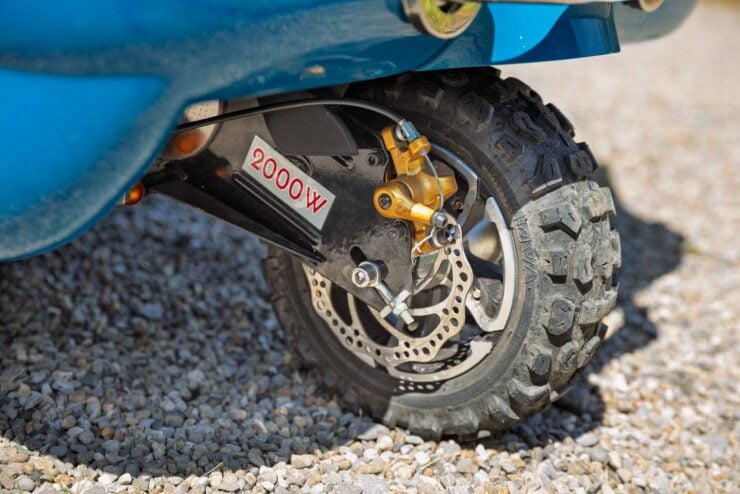
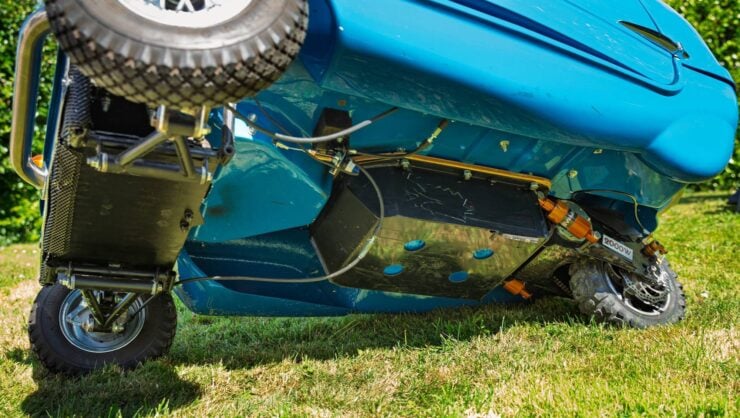
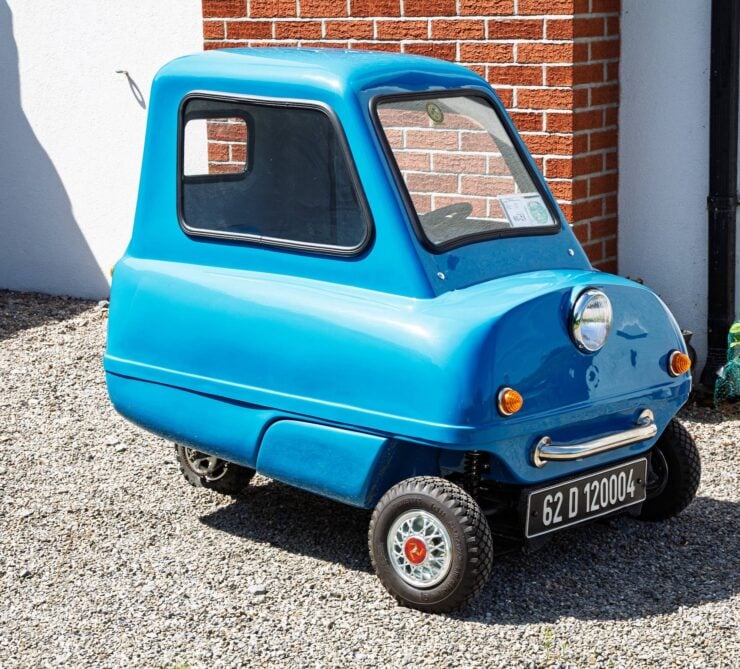
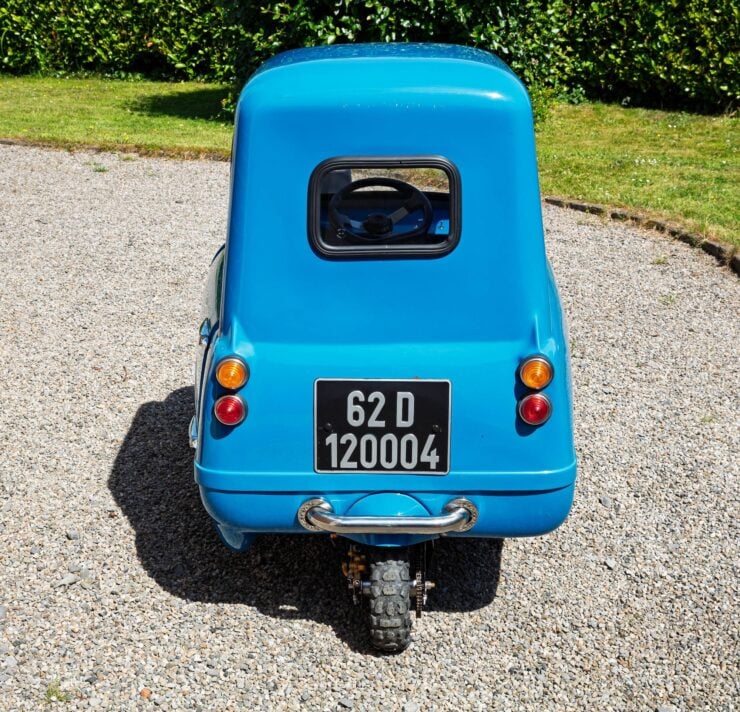
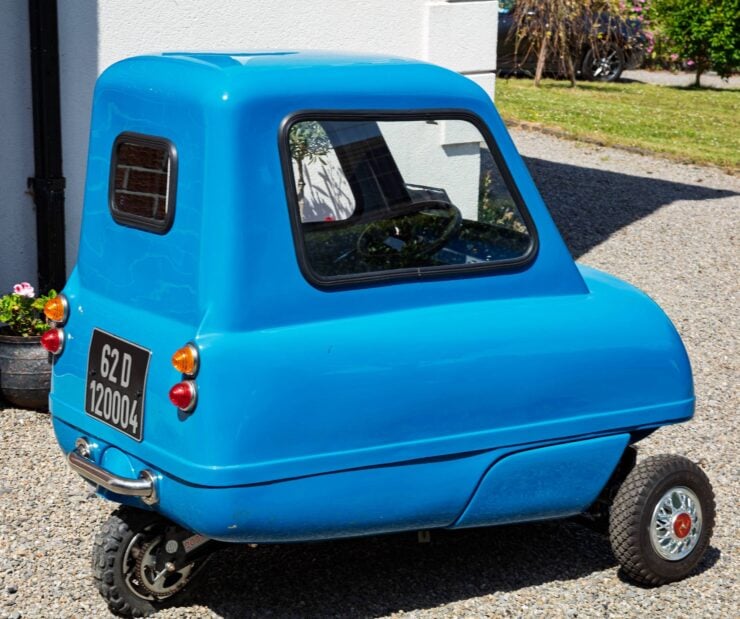
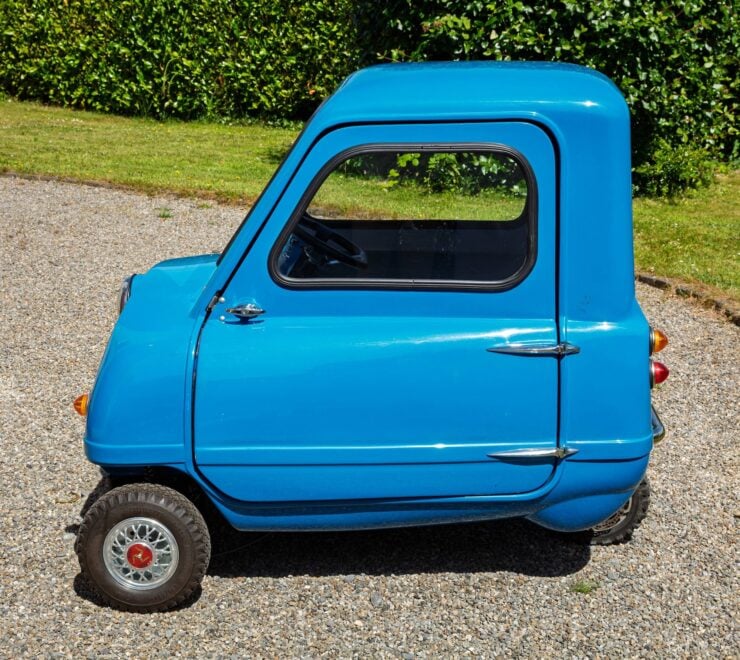
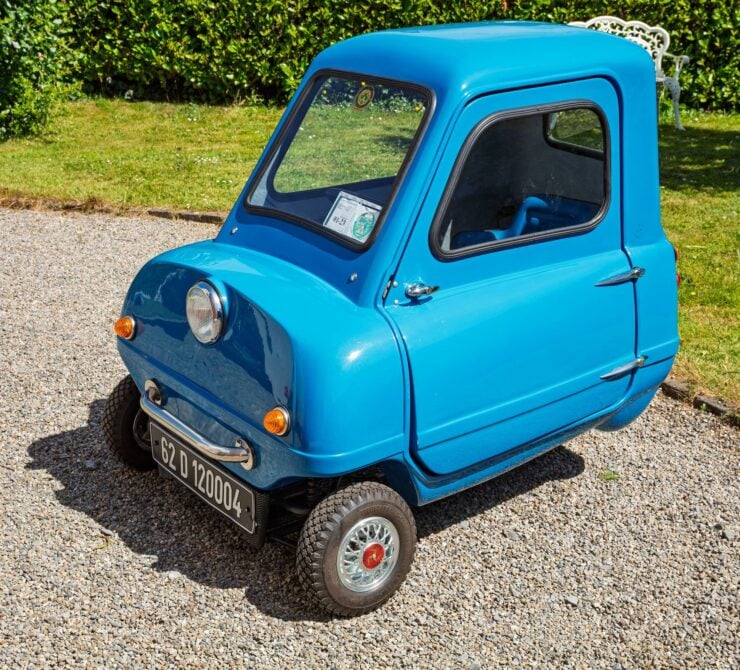
Images courtesy of Bonhams

